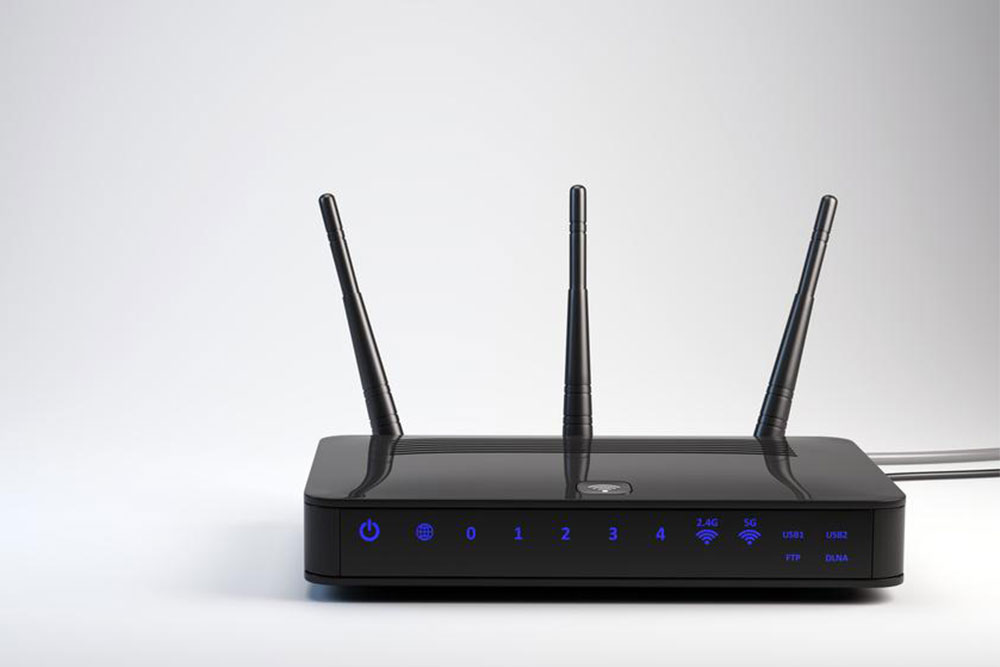The History and Progress of Mobile Phones
The article traces the evolution of mobile phones from their inception to modern smartphones. It details key network generations, technological innovations, and how these advances have changed communication. Covering the transition from analog to digital, 3G, 4G, and ongoing progress, the piece highlights the impact on daily life. It also discusses the continuous innovation by manufacturers to enhance features, connectivity, and convenience, emphasizing the rapid advancement in mobile technology over decades.

The History and Progress of Mobile Phones
From Past to Present: The Growth of Mobile Technology
In today's world, smartphones are an essential part of daily life. People of all ages rely on their phones to stay connected, access information, and enjoy entertainment. The convenience of affordable plans and instant connectivity has transformed how we communicate. Decades ago, phones were limited to simple calls and texts. Over time, advancing technology has enabled devices to perform a multitude of functions, making life easier and more connected than ever before.
What began as basic calling devices has now evolved into smart gadgets capable of tracking locations, streaming news, and supporting multimedia interactions. Have you ever wondered how these transformations took place? The journey of mobile phone development, which has profoundly impacted our lives, has been progressive and exhilarating. Let’s explore the key network advancements that shaped this evolution and drove innovation from early days to now.
What was 1G technology?
Introduced in the 1980s, 1G was the first wireless network, mainly providing analog voice services.
It was limited to basic voice calls without digital standardization.
What was 2G technology?
Launched about a decade later, 2G bridged the gap with digital standards, supporting both voice and SMS messaging.
It offered speeds around 64kbps, enabling limited internet use.
What was 2.75G technology?
The 2.75G, based on EDGE technology, provided faster internet speeds up to 128 kbps for better browsing and multimedia use.
What was 3G technology?
Introduced as the third generation, 3G significantly increased data speeds up to 2000 kbps, transforming mobile connectivity.
It supported video calls and enhanced streaming quality, allowing users to watch videos and listen to music seamlessly.
What was 4G technology?
4G, based on LTE, brought high-definition video calls and faster data transmission, emphasizing data-centric services.
This network is IP-based, providing true mobile broadband experiences with rapid data speeds.
How has mobile phone technology progressed over time?
Initially, Alexander Graham Bell invented the telephone in 1876, revolutionizing communication.
Portable phones gradually appeared, offering users more mobility.
Advances in research led to compact, stylish smartphones capable of internet access, messaging, and more.
With each generation — from 2G to 4G — devices became smarter: adding cameras, internet browsing, and video calling.
Today, smartphones allow users to perform banking, book tickets, and connect globally in seconds, showcasing rapid technological growth.
The evolution continues, with manufacturers exploring new innovations to enhance convenience and expand capabilities.










